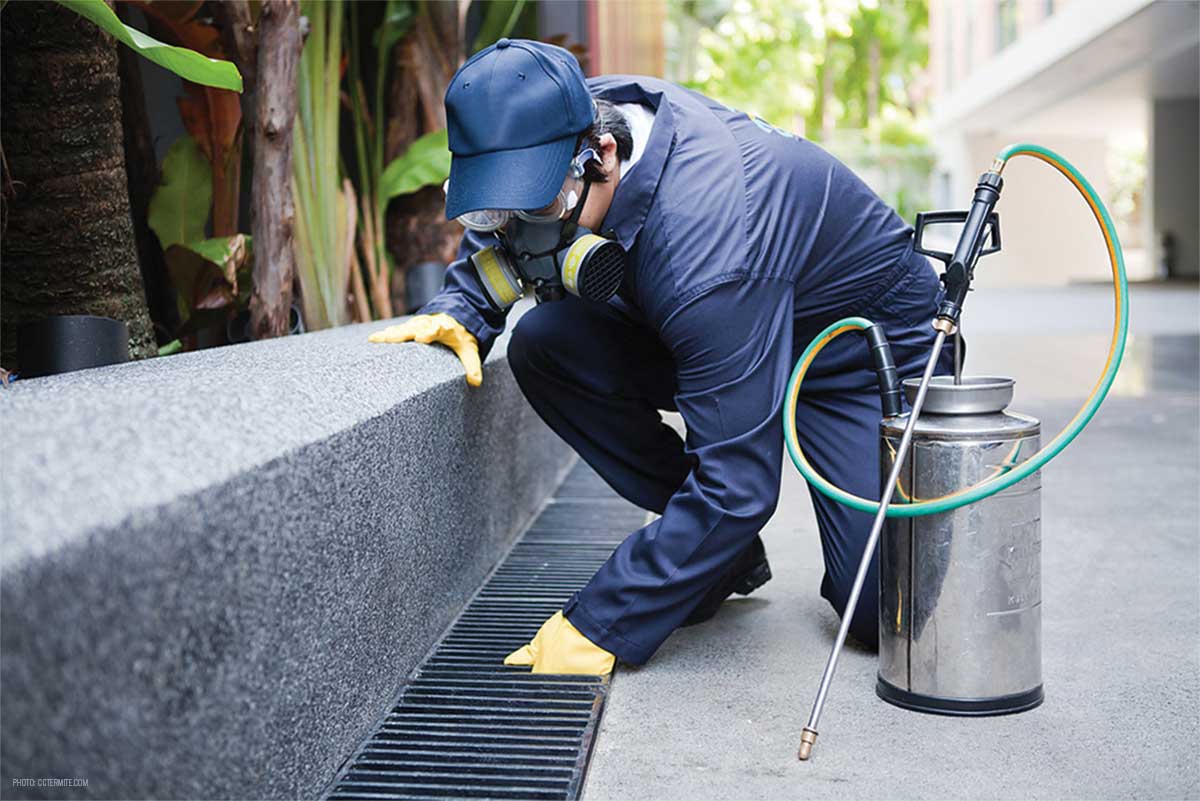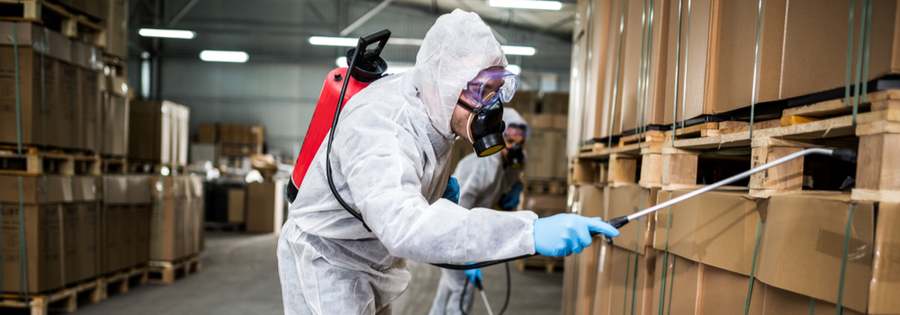Specialist Insect Control Techniques for Long-Term Results
Expert insect control methods envelop a thorough strategy that begins with a complete examination and assessment, followed by precise insect identification to understand their behavior patterns. The implementation of Integrated Insect Management (IPM) principles, coupled with eco-conscious treatments, creates the keystone of sustainable insect removal.
Assessment and Evaluation
Upon going into a residential or commercial property for bug control solutions, the preliminary step is an extensive assessment and evaluation to identify the degree of the infestation and determine one of the most efficient treatment plan. Specialist parasite control service technicians are trained to carefully check out the premises, looking for indicators of bug activity such as droppings, gnaw marks, nests, or any kind of structural damages. They will certainly also assess the problems that may be bring in bugs, such as food sources, water leakages, or entrance factors.

Bug Recognition and Behavior

Additionally, recognizing the habits of the recognized parasite is crucial to implementing effective control procedures. Knowing where bugs nest, what they feed on, and their activity patterns can assist pest control professionals create strategies to eradicate them effectively.
Integrated Pest Administration (IPM)
Integrated Pest Administration (IPM) approaches combine numerous techniques to manage and protect against insect problems in a lasting and eco-friendly fashion. pest control. By integrating techniques such as organic control, environment manipulation, modification of cultural techniques, and the usage of resistant ranges, IPM intends to decrease making use of chemical pesticides
One of the essential concepts of IPM is the focus on avoidance. This aggressive approach includes tracking bug populaces regularly to spot any type of possible issues before they intensify. By determining parasite troubles at an early stage, pest control steps can be carried out promptly and properly.
Furthermore, IPM promotes the use of non-toxic insect control techniques whenever possible. This browse around here can include utilizing natural predators of the insects, introducing helpful pests, or making use of scents to interrupt breeding patterns. By lowering dependence on chemical pesticides, IPM not just protects the atmosphere however likewise assists keep an equilibrium in the ecological community.
Environmentally-Friendly Therapies
Executing eco-conscious techniques in insect control procedures can successfully deal with invasions while prioritizing ecological sustainability. Environmentally-friendly therapies concentrate on lessening the effect of bug control techniques on ecological communities, non-target microorganisms, and human health and wellness. These techniques typically include making use of all-natural killers, such as ladybugs or nematodes, to regulate pest populaces, decreasing the need for chemical treatments. In addition, methods like habitat adjustment, such as changing moisture degrees or eliminating food sources, can help hinder bugs without the usage of harmful substances.
One more key facet of environmentally-friendly treatments is using organic and biodegradable items that damage down look at here now promptly without leaving damaging deposits in the environment. Herb pesticides stemmed from plants like chrysanthemums or neem provide effective parasite control while posturing very little threat to non-target species. Utilizing techniques like warmth therapies or scent traps can target particular bugs with accuracy, reducing the overall environmental effect of bug control techniques.
Recurring Monitoring and Maintenance
Continual surveillance and maintenance are essential elements of efficient parasite control monitoring. Ongoing monitoring plays a vital duty in guaranteeing that bug problems are identified very early and dealt with promptly. Regular inspections by trained professionals are needed to determine any type of indicators of bug task, examine the efficiency of previous treatments, and make adjustments to the insect control plan as needed. By keeping track of insect populaces over time, parasite control specialists can track fads, prepare for potential issues, and apply safety nets to decrease the threat of future invasions.
Along with surveillance, maintenance techniques are vital for long-lasting parasite control success. This consists of implementing proper hygiene measures to remove potential food and water sources for bugs, sealing entrance indicate prevent bugs from getting in the facilities, and resolving any type of architectural problems that can facilitate parasite infestations (bed bug dog). By integrating recurring monitoring and maintenance into an integrated Resources bug monitoring approach, businesses can make sure a pest-free environment and secure their building versus costly damages and health and wellness risks
Conclusion
In conclusion, using expert pest control methods such as detailed assessment and evaluation, accurate parasite identification and understanding of their actions, incorporated pest administration strategies, environmentally-friendly therapies, and continuous monitoring and upkeep are crucial for accomplishing long-term outcomes in bug control. By carrying out these methods, people can successfully manage parasite invasions and maintain a pest-free setting in a sustainable fashion.